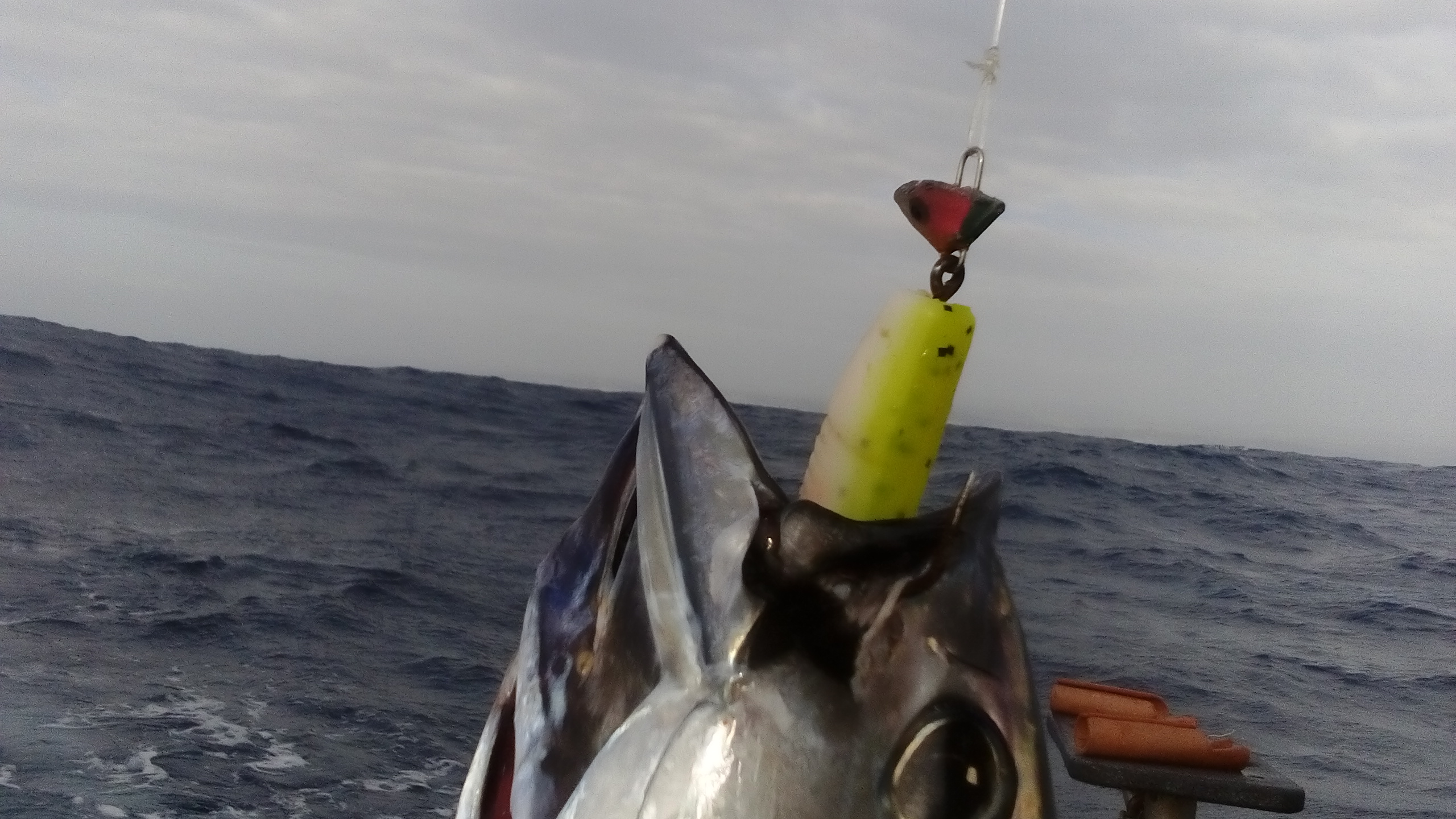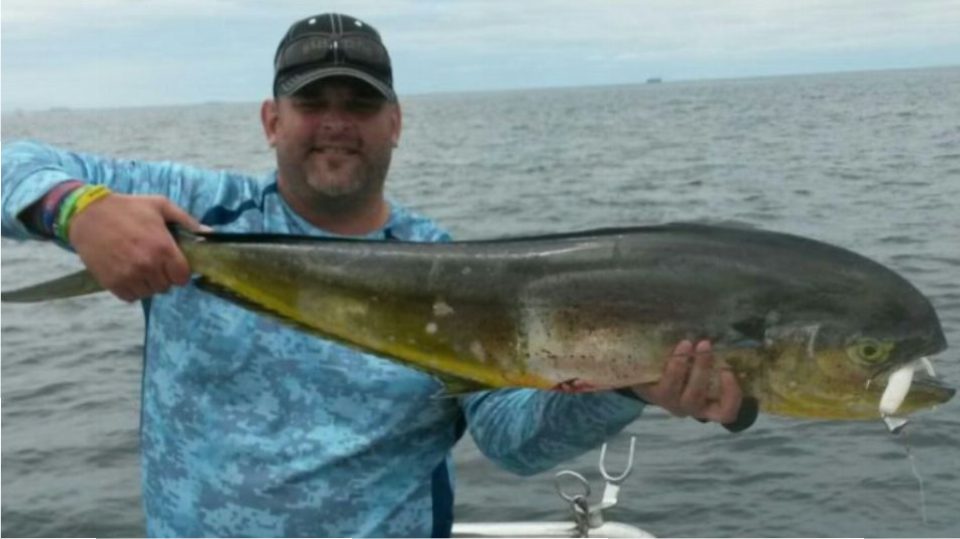
The Daisy Chain
Many rods actually vie for the mantle of being the most important rod on the boat. The live-bait jig sticks? The spinning stick? But there is one rig that really covers all bases and every situation – the good old Daisy Chain.
South African style. Three 3 or 4 inch feathers / min-eyes / jube-jubes / dusters…rigged in a row, about a half metre apart. Each with a single hook. I rig mine with wire…explanation to follow. But first let’s get clear that this ain’t no IGFA compliant rig. No sir! In fact, I got in touch with IGFA, and asked for clarification. Here with the cordial and timeous answer I received from Mr. Vitek.
“Thanks for the message. Based on your email, it does not appear that your rig would be IGFA legal as you mentioned that each of the feathers has a hook. IGFA rules only allow anglers to fish with a single hooked bait at a time. That said, if you were to only put a hook on the last feather, that would be IGFA compliant.”- Jack Vitek
So it seems we can fish the Daisy Chain in IGFA rules, so long as only the last feather has a hook in it.
So why all the fuss?
Billfish to bonito. That’s why. A sailfish or young marlin eagerly chooses the Daisy Chain over the other purpose rigged lures. Dorado smash them. Natal Snoek (Queen Mackerel) love them. Bonito – the pulse in our veins on any trip – devour Daisy Chains – even multiple baits on one chain sometimes. Couta of all sizes. Skipjack. Kakaap. All sorts…
In fact the Daisy Chain not only catches anything and everything, even shad – but they give you back another advantage – intel. You can glean data from the daisy chain, as to what is going on, and act accordingly. They are like feelers out there, just letting you know what’s going on at that present moment.
Daisy Chains can drag fast too – really small form factor – they kind of keep each other in the water and not flying about like a single lure rig at the high speeds we sometimes try at. Natal Snoek love the higher speeds as much as billfish do.
And now, if you rig the Daisy with an extended wire tag end that doubles over and back, to become a clip for piece of fillet, and a real strong hook with real strong wire – you have a Strip Bait Daisy Chain. I say strong wire (#8 at least) – mainly for resilience because the Daisy is normally going quite fast and is always in the white water, playing second fiddle to the tag lines and outside rigged lures. So it can’t even really be clearly seen – so it’s fine to rig up on wire. Especially since the Daisy is lying just in front of the inside konas, and right above the deep diving rattlers – and just behind the second teaser.
The middle of all the action!

These modified and wired Daisy Chains will soon be available from Mydo Lures. Look out for The Mydo range at a tackle store near you. If your local tackle store doesn’t stock The Mydo, try https://thesardine.co.za/mydo/.













